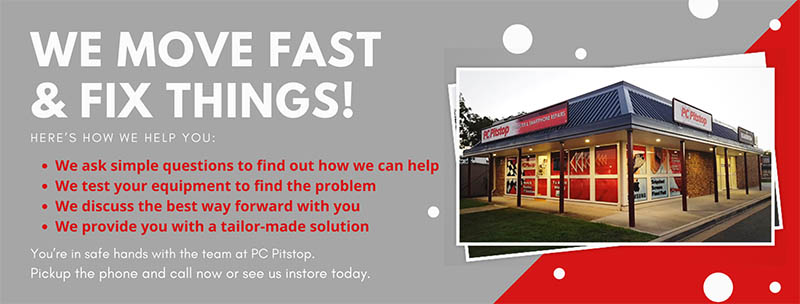Optimising Business Efficiency through Proactive Technology Monitoring and Scheduled Maintenance

In the dynamic landscape of modern business, technology plays a pivotal role in ensuring seamless operations and maintaining a competitive edge. Businesses heavily rely on a plethora of IT systems, networks, and devices to drive productivity, enhance communication, and streamline processes. To safeguard these critical assets and maximise their performance, an effective strategy for technology monitoring and scheduled maintenance is imperative. This article explores the significance of proactive IT management, its impact on business operations, and the key components of a successful technology monitoring and scheduled maintenance plan.
1. Importance of Technology Monitoring:

– Real-time Insights: Utilising advanced monitoring tools provides businesses with real-time insights into the health and performance of their IT infrastructure. This enables proactive issue identification and resolution before they escalate.
– Preventing Downtime: Continuous monitoring allows IT teams to detect potential issues, such as hardware failures or network disruptions, before they cause downtime. This helps in maintaining uninterrupted business operations.
2. Scheduled Maintenance as a Proactive Measure:
– Systematic Updates and Patches: Regularly scheduled maintenance ensures that software applications, operating systems, and security patches are promptly applied. This helps in closing vulnerabilities and ensuring that systems are up to date.
– Hardware Checks and Upgrades: Planned maintenance allows for routine checks on hardware components, identifying potential failures, and implementing upgrades as necessary. This proactive approach extends the lifespan of equipment and reduces the risk of unexpected failures.

3. Enhancing Cybersecurity:

– Vulnerability Assessment: Regular monitoring and maintenance include vulnerability assessments to identify potential security risks. Addressing these vulnerabilities in a timely manner helps in safeguarding sensitive data and protecting against cyber threats.
– Security Patch Management: Scheduled maintenance ensures that security patches are systematically applied, reducing the risk of exploitation by cybercriminals. This is crucial in the ever-evolving landscape of cybersecurity threats.
4. Improving Performance and Scalability:
– Performance Optimisation: Continuous monitoring provides data on system performance, allowing for proactive optimisation to ensure efficient use of resources. This results in improved overall performance and user satisfaction.
– Scalability Planning: Scheduled maintenance includes strategic planning for future scalability requirements. This ensures that the IT infrastructure can adapt to the evolving needs of the business without disruptions.

5. Cost Efficiency and Resource Utilisation:

– Cost Predictability: Proactive monitoring and maintenance contribute to cost predictability by reducing the likelihood of unexpected breakdowns and emergency repairs. This allows businesses to allocate resources more efficiently.
– Resource Utilisation Optimisation: By identifying underutilised resources through monitoring, businesses can optimise resource allocation and reduce unnecessary expenses.
Conclusion:
Implementing a robust strategy for technology monitoring and scheduled maintenance is essential for businesses seeking to thrive in the digital era. Proactively addressing potential issues, ensuring cybersecurity, and optimising performance contribute to enhanced efficiency, reduced downtime, and long-term cost savings. By embracing these proactive measures, businesses can position themselves for sustained success in an increasingly technology-driven world.
If you’d like to talk first, just contact us or give us a call on 02 6584 1551.











